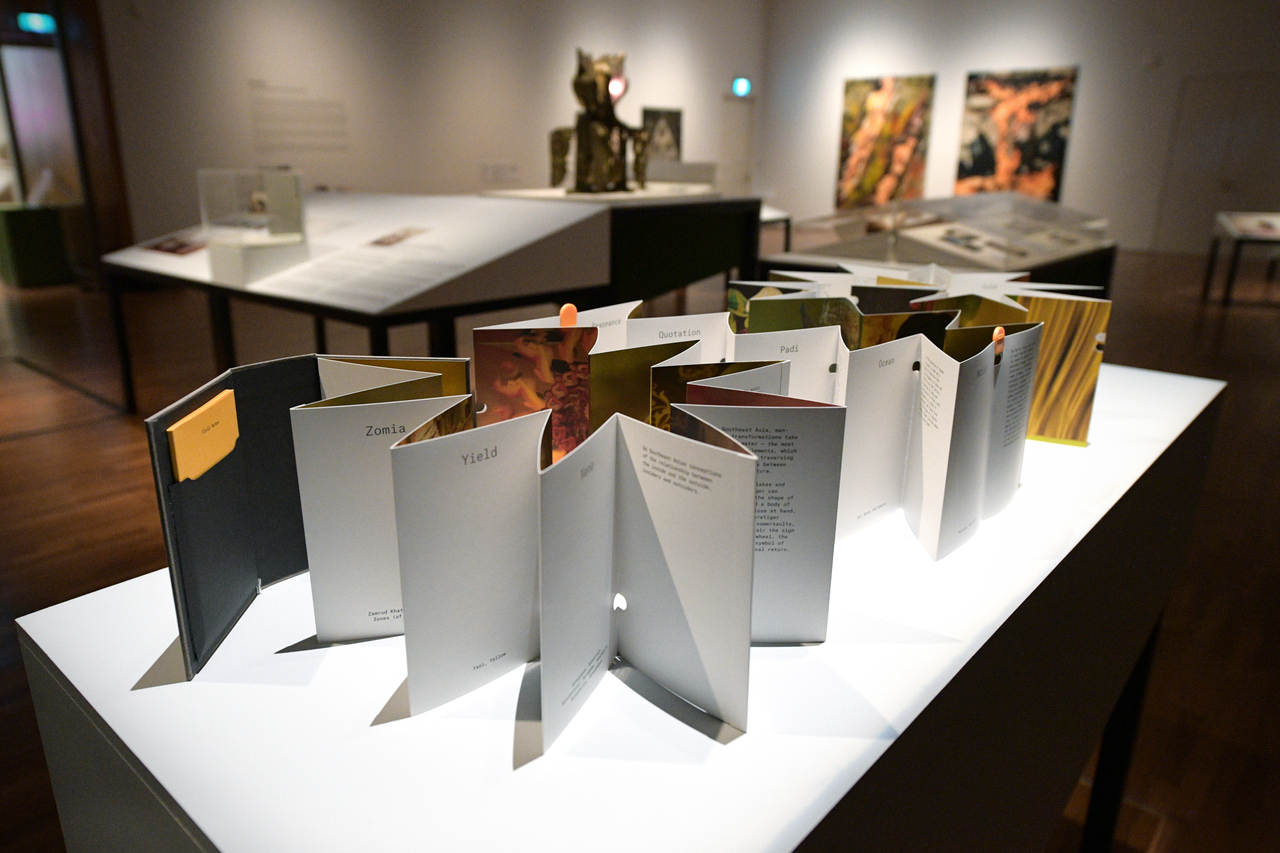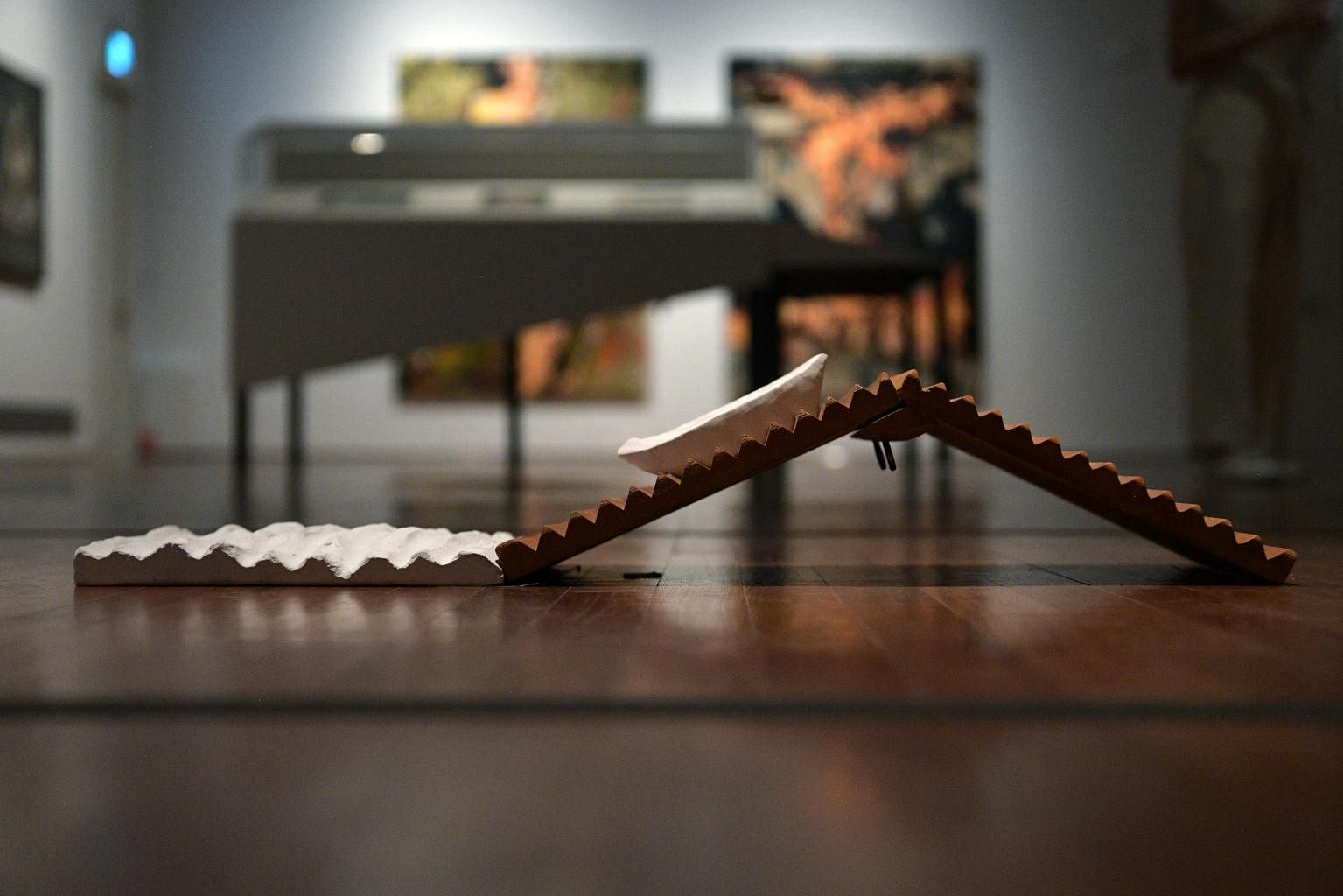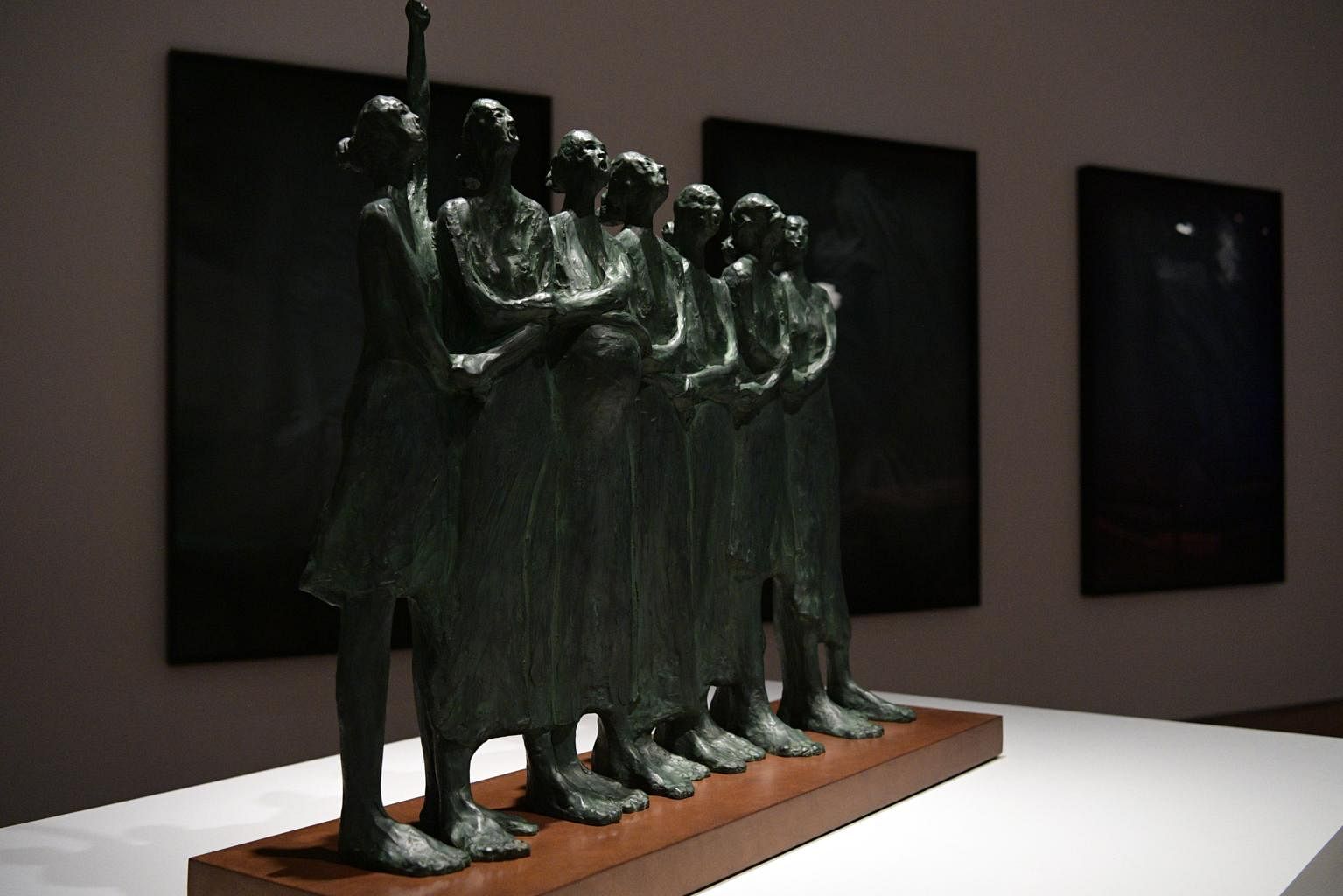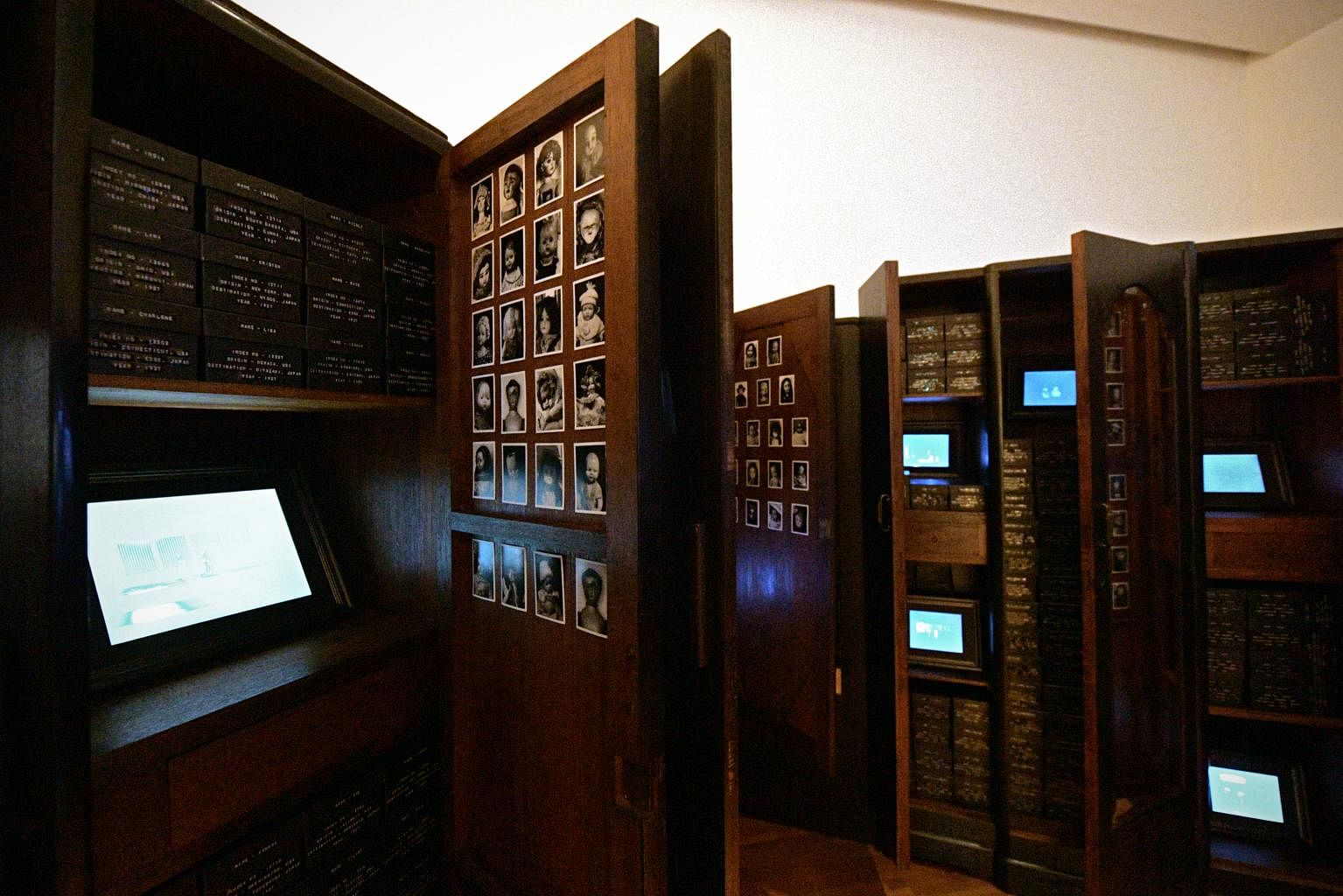Singapore Art Museum presents new exhibition on the art of gifting
Sign up now: Get ST's newsletters delivered to your inbox

The Gift explores the complexities of gifts in art-making and collecting.
ST PHOTO: NG SOR LUAN
Follow topic:
SINGAPORE - The German word for gift also means poison.
Dr June Yap, Singapore Art Museum (SAM) director of curatorial, collections and programmes, offers this intriguing tidbit when introducing the museum's new show.
"In culture and custom, gifting is the embodiment of a relationship. It is paradoxical - a gift is not supposed to be economic, but what appears to be generous is also burdensome, vexatious and poisonous," the 48-year-old observes.
The Gift, which opens on Friday (Aug 20) at the National Gallery Singapore's Ngee Ann Kongsi Concourse Gallery, explores the complexities of gifts in art-making and collecting.
The show is the product of an unusual partnership with three other arts institutions - Galeri Nasional Indonesia, MAIIAM Contemporary Art Museum in Thailand and Nationalgalerie - Staatliche Museen zu Berlin - which was initiated by the Goethe Institut.
Instead of the institutions contributing works to one exhibition that will travel to various venues, each museum has curated a selection of works from their own, and one another's, collections.
This unusual format might seem pandemic-friendly, reducing the logistics involved in transporting a travelling exhibition, but Dr Yap says the idea began in 2017, "very casually, very informally", with fellow curators from the other institutions.
The showcased works are wide-ranging, investigating a slew of different themes, ranging from Indonesian artist Ahmad Sadali's abstract depiction of mountains in Gunungan Emas (The Golden Mountain) to Singaporean sculptor Tang Da Wu's tribute to famed Thai conservationist Seub Nakhasathien.
There are thought-provoking connections to be teased out from the works, from cultural borrowings by artists to the purpose and histories of state collections. But Dr Yap says visitors should not be intimidated by the perceived difficulties of contemporary art.
"Contemporary artists are here to push aesthetic boundaries. When the audience comes in, just take what you will from it. Maybe it affects you now, maybe it affects you in five years' time. That's okay."
While this exhibition is scheduled to end on Nov 7, Dr Yap adds: "The project doesn't end here. This is just like a stream. We're dipping in at one point, we might dip in again."
The show has also unearthed some seldom-seen works from SAM's collection, such as Malaysian sculptor Anthony Lau's Space Eggs (1970), which he created after watching the moon landing in 1969.
SAM curators consulted Lau's daughter for advice on how to display the work, as there were no photographic records. She recalled seeing her father experiment with layouts on their living room floor, so the work is shown on the ground.
Dr Yap says: "The whole point of collections is also to present it. It's also about looking at it from a present-day perspective."
SAM director Eugene Tan recently announced that the museum's aim is to be a museum that "disappears", foregrounding the artists and their works. Dr Yap adds that this is where SAM's new space at Tanjong Pagar Distripark will come in. "Hopefully, we can have more experimental projects.
"Working together with the National Gallery allows us to look further into this area because we can have, on the one hand, a gallery with historicising perspective, but on the other, we can also have in SAM the contemporary processes that are taking place right now."
Three highlights
1. Monument for Seub Nakhasathien by Tang Da Wu (wood and plaster, 1991)

Singaporean sculptor Tang Da Wu is known for environmental consciousness. This is a tribute to famed Thai conservationist Seub Nakhasathien, who killed himself at age 40 after an uphill battle to save Thailand's natural heritage. The title belies the modest scale of the work which acknowledges the never ending toil of Seub's task, with its image of a small boat heading upstream. Dr Yap says the museum had built a nice plinth for it but Tang rejected that display, as the work is meant to highlight struggle.
2. Solidarity by Dolorosa Sinaga (bronze, remade in fibreglass, 2000)

This row of women with linked arms and one raised arm was inspired by the May 1998 riots in Indonesia which resulted in more than a thousand people being killed and at least 168 reported rapes. The shoulder-to-shoulder configuration suggests these women are presenting, literally, a united front against attacks.
3. The Caretaker by Donna Ong (multimedia installation, 2008)

A cubicle with multiple drawers and images of antique dolls references a Friendship Doll Project in the late 1920s which aimed to promote goodwill between the United States and Japan. Unfortunately, many of the dolls exchanged between the two countries were destroyed or lost when World War II broke out. Ong's project resurrects the memory of this gift gone awry.
View it/The Gift
Where: National Gallery Singapore, Ngee Ann Kongsi Concourse Gallery, 1 Saint Andrew's Road
When: Till Nov 7, Saturdays to Thursdays, 10am to 7pm; Fridays, 10am to 9pm
Admission: Free for Singapore citizens and permanent residents; regular gallery entrance fees for foreigners
Info: Singapore Art Museum's website
When: Till Nov 7, Saturdays to Thursdays, 10am to 7pm; Fridays, 10am to 9pm
Admission: Free for Singapore citizens and permanent residents; regular gallery entrance fees for foreigners
Info: Singapore Art Museum's website

